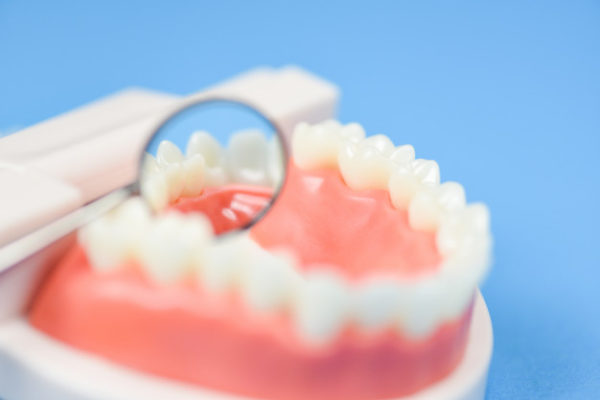It’s common knowledge that sugar is bad for your teeth, but it wasn’t always so. In fact, when the ancient Greek philosopher Aristotle first observed that sweet foods like soft figs caused tooth decay, nobody believed him. But as science has progressed, one thing is certain — sugar causes tooth decay. That said, sugar on its own is not the culprit. Rather, the chain of events that takes place afterward is to blame. This article takes a detailed look at how sugar affects your teeth and how you can prevent tooth decay.
Your Mouth Is a Battleground
Many different types of bacteria live in your mouth. Some are beneficial to your dental health, but others are harmful. For example, studies have shown that a select group of harmful bacteria produce acid in your mouth whenever they encounter and digest sugar.
These acids remove minerals from the tooth enamel, which is the shiny, protective, outer layer of your tooth. This process is called demineralization. The good news is that your saliva helps to constantly reverse this damage in a natural process called remineralization. The minerals in your saliva, such as calcium and phosphate, in addition to fluoride from toothpaste and water, help the enamel repair itself by replacing minerals lost during an “acid attack.” This helps strengthen your teeth.
However, the repeated cycle of acid attacks causes mineral loss in the enamel. Over time, this weakens and destroys the enamel, forming a cavity. Simply put, a cavity is a hole in the tooth caused by tooth decay. It’s the result of harmful bacteria digesting the sugar in foods and producing acids. If left untreated, the cavity can spread into the deeper layers of the tooth, causing pain and possible tooth loss. The signs of tooth decay include a toothache, pain when chewing and sensitivity to sweet, hot or cold foods and drinks.
SUMMARY: Your mouth is a constant battleground of demineralization and remineralization. Nonetheless, cavities occur when bacteria in your mouth digest sugar and produce acid, which weakens tooth enamel.



